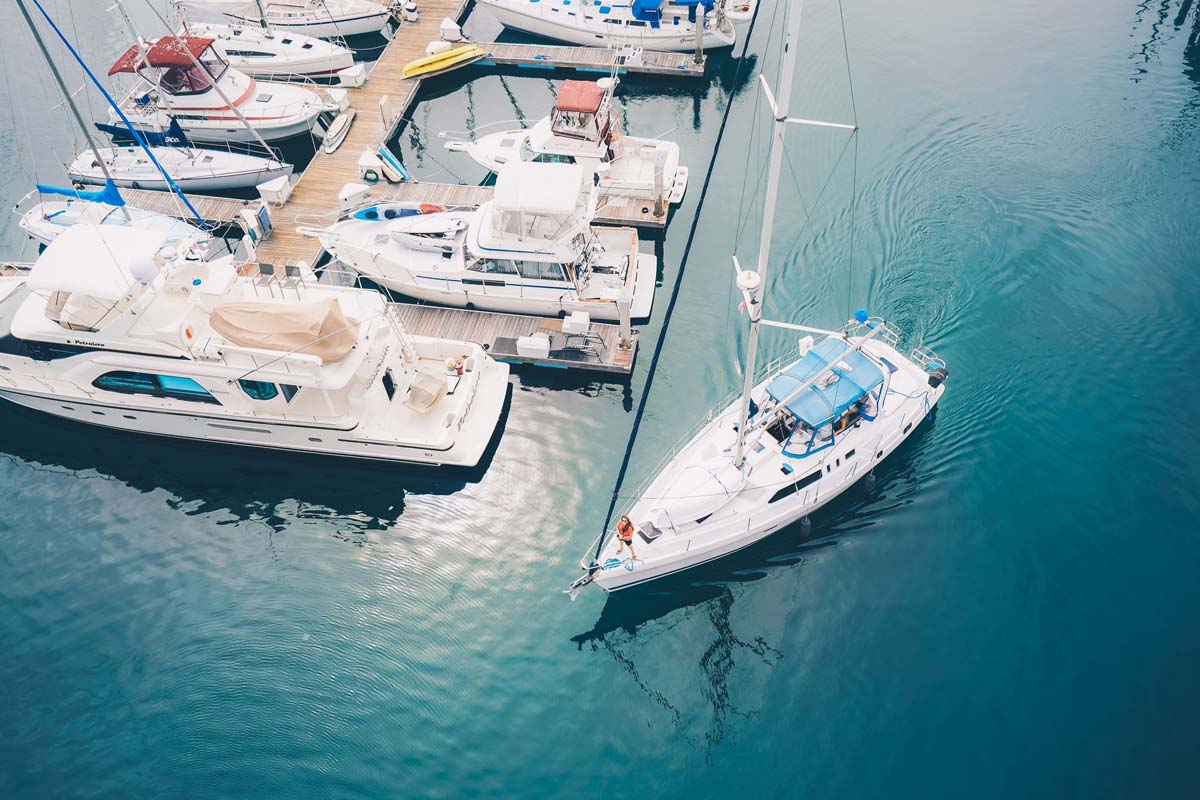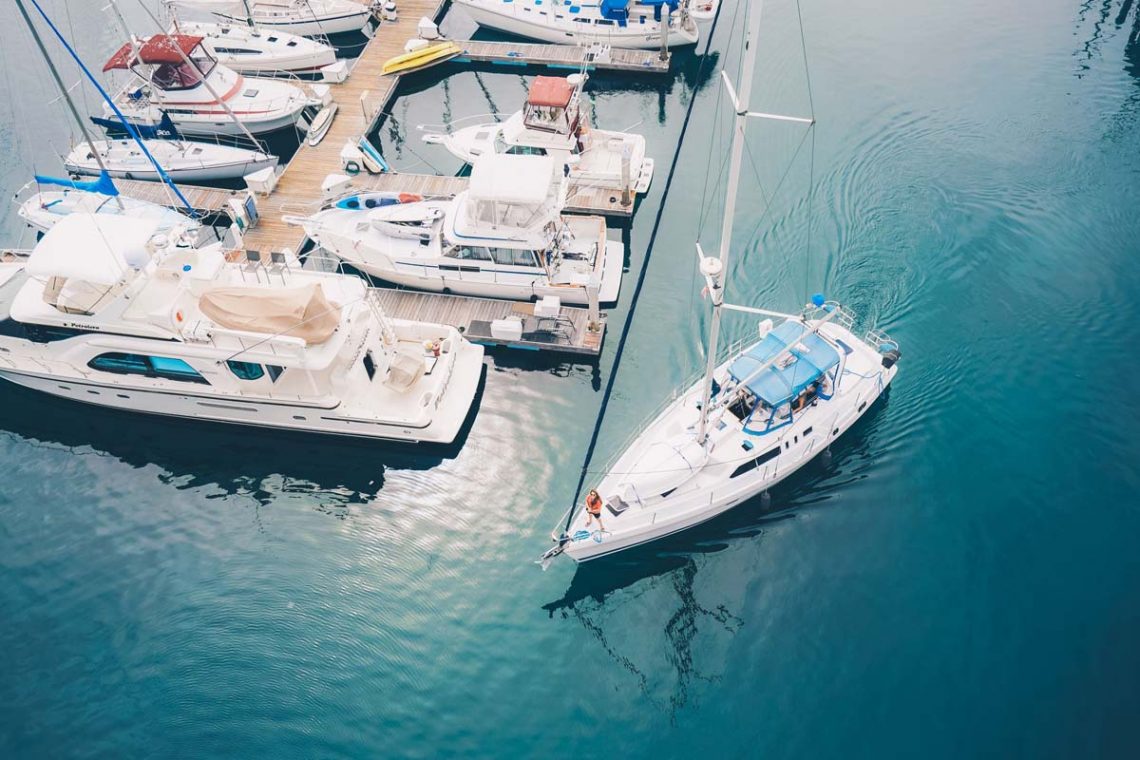
Mooring the boat is a matter of technique and keeping a cool head
Docking a sailboat, especially in strong wind and swell conditions, can be challenging and a sure source of stress. Here are the simplest techniques to handle it, even if you’re a complete beginner. The docking maneuver is certainly the most daunting for a novice sailor, especially when entering a harbor in less than ideal weather conditions, such as strong winds and swells. Tight spaces, the bows of other boats passing close by, onlookers, judgmental guests, and high docks all contribute to a high-stress potential. Everything seems against us when we’re about to dock, but fear not. Thoroughly prepare the boat for docking and follow these tips on choosing the right maneuver for the conditions and executing it effectively.
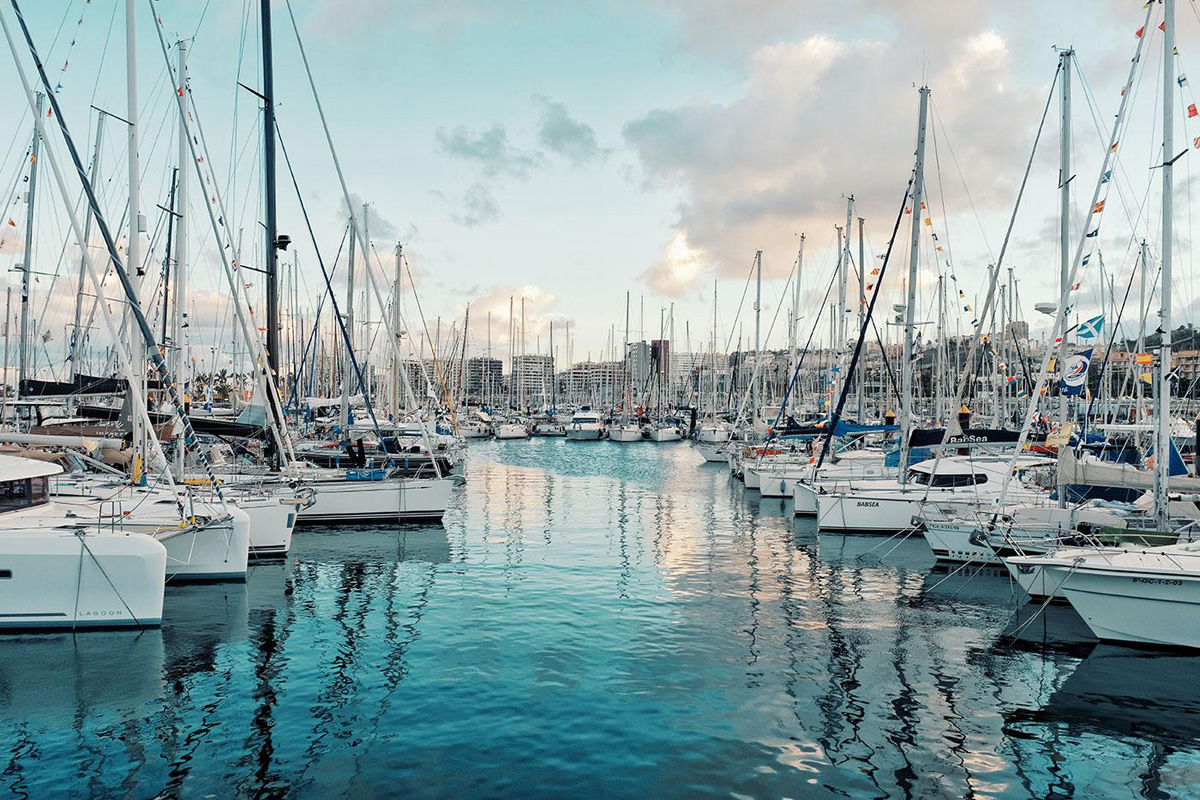
First objective: securing a berth
The first question we need to ask ourselves upon entering a harbor, whether it’s a private marina or a public facility, is: where can I moor? If we haven’t booked a berth in advance, we’ll need to call the harbor office and ask for a berth assignment. We’ll then be immediately assigned a temporary transit spot, and then asked to wait for a dinghy with a mooring attendant to escort us to our definitive berth. Conversely, if there’s no one to guide us, we’ll need to figure it out on our own by consulting the pilot book or nautical chart.
In a marina, when it comes to docking, we will have only two choices: to moor our boat bow-first or stern-first. The decision will primarily depend on our knowledge of the technique. Mediterranean boaters generally moor stern-first. Sailors from Northern Europe, on the other hand, often moor bow-first. In a public harbor, there might also be the option to moor English style, that is, with the boat alongside the dock.
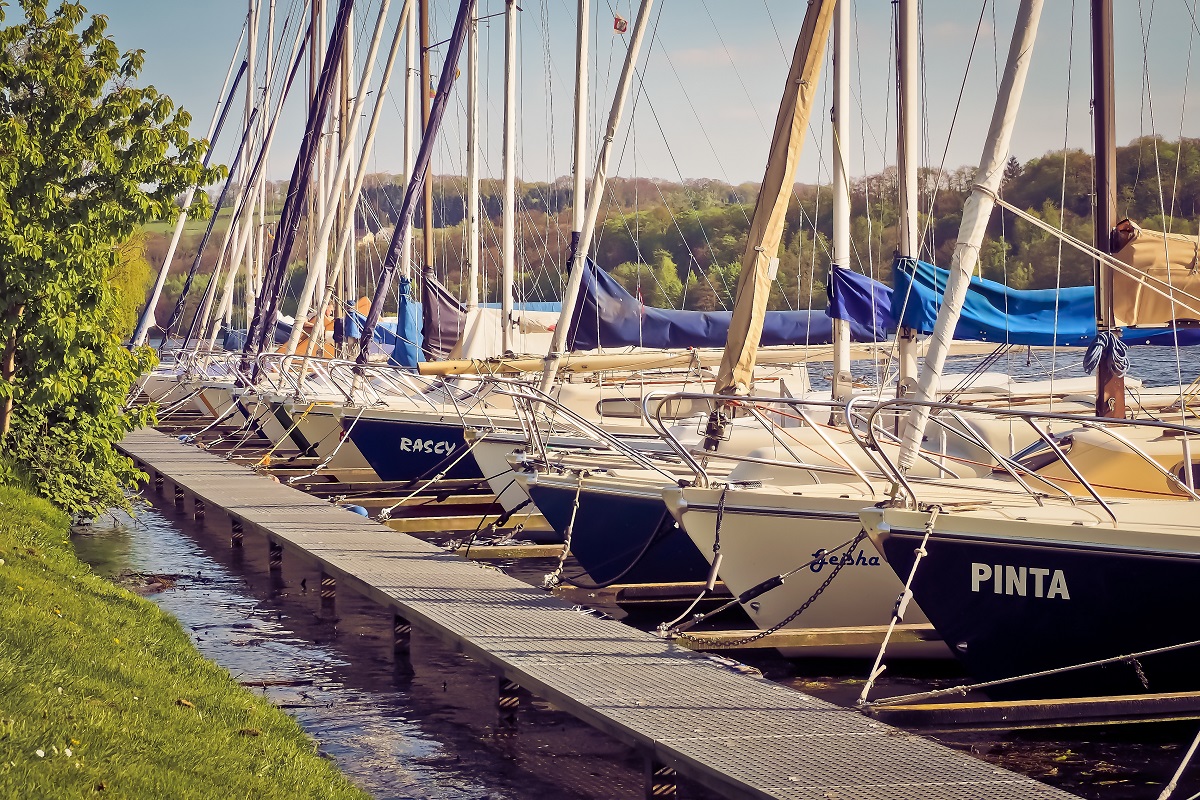
Bow docking: when is it advisable?
Bow docking is relatively straightforward: simply approach your berth and enter bow first. Visibility and maneuverability will be excellent, and there won’t be any issues with propeller walk. Once at the dock, throw the lines to the dockhand, and you’re set. It’s important to remember that the key to avoiding damage in any docking maneuver is to maintain a low speed: the slower you go, the safer you are. However, this only applies if there’s no wind. In windy conditions, you’ll need to use speed and the power of the boat’s propulsion to counteract it.
When docking bow first, the mooring or deadweight should be tied to the stern. Disembarking will be less straightforward than boarding, but with caution, there shouldn’t be any particular difficulties.
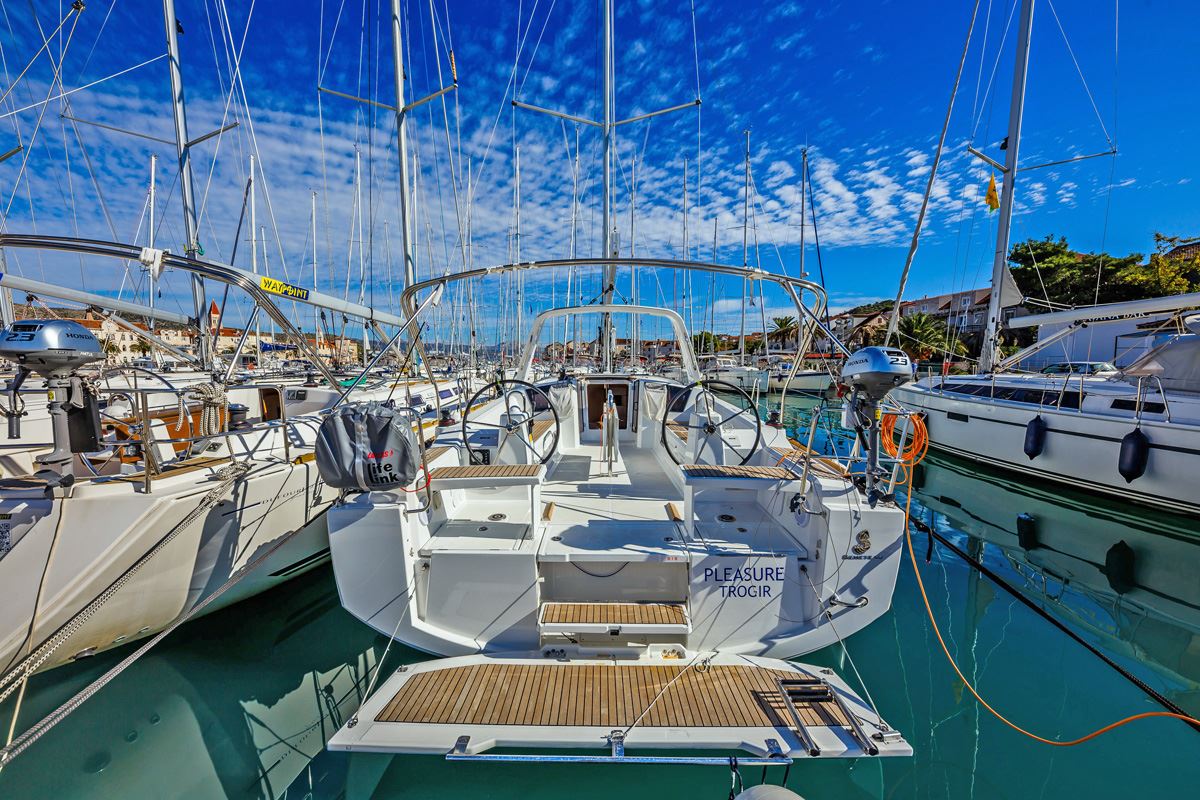
Stern mooring: a Mediterranean classic
Stern mooring is a bit more complex. It’s crucial to understand the moment to start turning the boat, which is usually when the bow faces the open space of our berth. The turn should begin when already in neutral gear. Just before the boat has fully turned and is aligned with the berth, shift into reverse at the lowest speed. Once the boat is aligned, give it some throttle to gain a bit of momentum.
Remember, the rudder doesn’t work when the boat is stationary. We’ll steer the stern of the boat into the berth, and a few meters before reaching the dock, we’ll put the engine lever in the forward position without throttling, to slow down the boat. When we’re close to the dock, we’ll give a quick throttle burst just to stop the boat. At this point, all that’s left is to pull the mooring lines ashore and call for the mooring buoy.
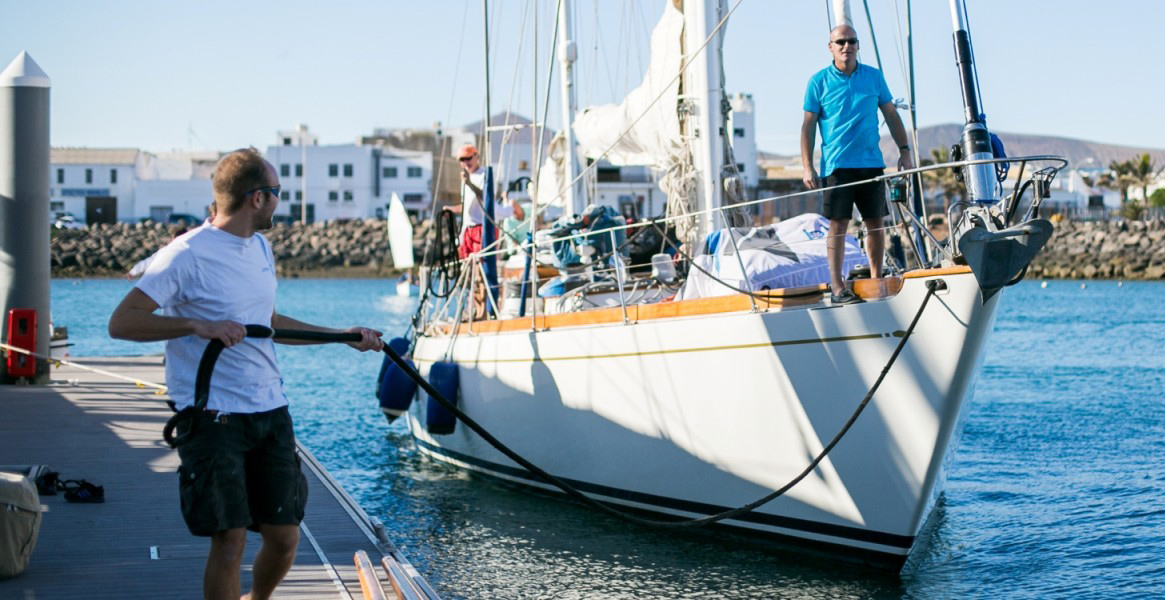
Why not try English style (alongside) docking?
English style docking is a simple maneuver and, ironically, it’s easier to approach the dock than to cast off. To execute this maneuver and dock in a space between two boats at the dock, it’s ideal to approach with the side of the boat where the propulsion lever is located. This allows for a clear view of the dock during the maneuver. Approach the dock at a sharp angle. The boat’s axis should be at about 45 degrees to the dock. When the bow is very close to the dock, say a couple of meters, turn the rudder away from the dock to move the bow away from it.
The maneuver should be slow, and once you start turning, put the boat in reverse without accelerating. The boat will glide along the dock and align parallel to it. Once parallel, give a burst of reverse while turning the rudder towards the dock. The boat will stop, nestled against the dock. At this point, all that remains is to tie the boat to the dock.
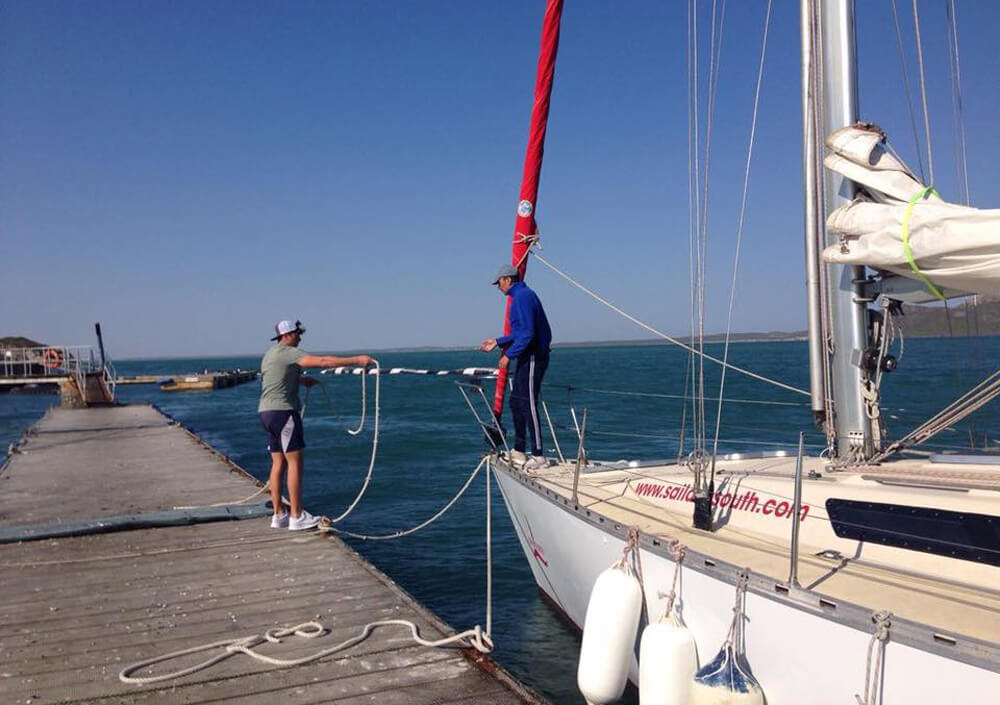
Securing the boat at the dock
Once the docking maneuver is complete, whether it’s a stern, bow or alongside (English) mooring, the next step is to secure the boat using mooring lines. The goal is to keep the boat in place without it swaying too violently forward, backward, or sideways. If the boat is moored stern-to, to stop the longitudinal movement of the boat, we use stern lines that should be left slightly slack. To prevent lateral movements, two crossed lines at the stern can be used. One line starts from the starboard fairlead and goes to the port cleat and the other does the opposite. These should also be left slightly slack.
A third line that can be particularly useful, especially when mooring alongside, is the spring line. This involves a line from the stern fairlead to a cleat towards the bow, and a line from the bow fairlead to a cleat towards the stern.
You May Also Like

The most beautiful anchorages for a boat stop between the Egadi and Aeolian Islands
22/10/2025
On a cruise through the wonders of Bodrum and the ‘Turquoise Coast’
30/10/2024



